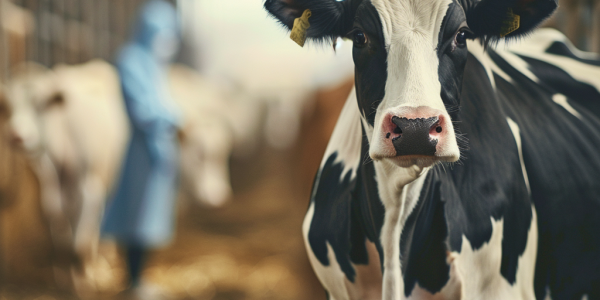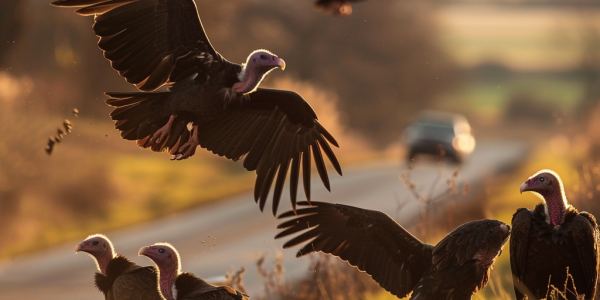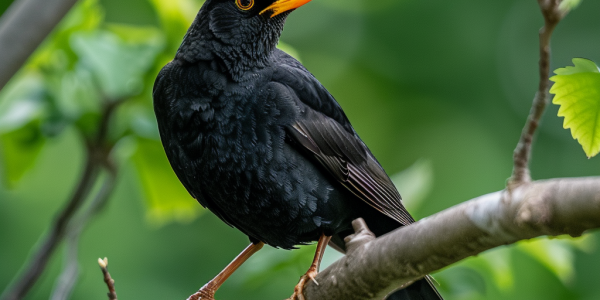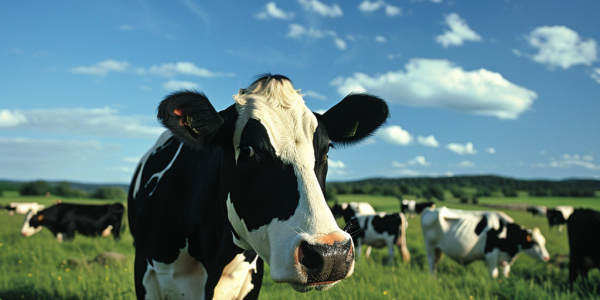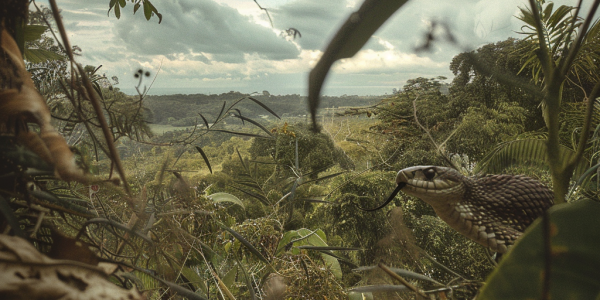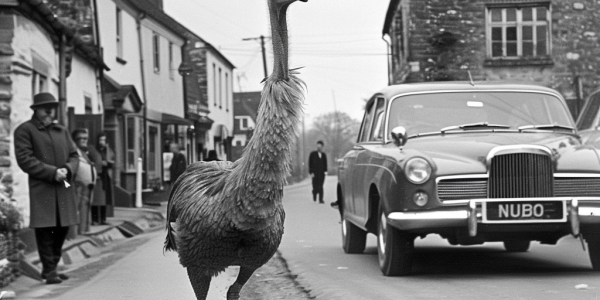Study Reveals Airborne Transmission Risks of H5N1 Virus in Recent Outbreak
A recent study led by Dr. Yoshihiro Kawaoka reveals alarming risks of airborne transmission of the H5N1 virus, highlighting its impact on U.S. dairy cattle and potential threats to human health. With over 40 reported human cases, researchers stress the need for ongoing surveillance and public health preparedness as the virus evolves.
Study Highlights Risks of Avian Influenza Spillover in Malaysian Borneo
A recent study published in Nature Communications highlights the risks of H5 avian influenza in Malaysian Borneo, emphasizing the connection between deforestation, increased human-animal interactions, and the potential for zoonotic spillover events. With H5N1 viruses posing a 60% mortality rate in humans, this research underscores the urgent need for surveillance and proactive measures to mitigate the risks associated with emerging infectious diseases.
New Research Reframes the Dodo: A Complex Bird Misunderstood
Recent research challenges the long-held perception of the dodo as a clumsy, inept bird. New findings reveal that this flightless bird, once native to Mauritius, was agile and well-adapted, thriving for millions of years before its extinction. This study underscores the importance of understanding the dodo’s true nature and highlights the consequences of human intervention in ecosystems, serving as a cautionary tale for modern conservation efforts.
Turkey Vultures: Nature’s Essential Scavengers and Ecosystem Cleaners
Turkey vultures are essential scavengers in North America, playing a crucial role in the ecosystem by consuming carrion and recycling nutrients. Their impressive flight patterns and keen sense of smell allow them to locate food efficiently, making them nature’s clean-up crew. Despite misconceptions about their role, these birds contribute significantly to environmental health by preventing disease spread and maintaining ecological balance.
New Insights into Moa Extinctions and the Importance of Habitat Preservation
Recent research published in Nature Ecology & Evolution reveals the ecological dynamics behind the extinction of moa, large flightless birds from New Zealand. The study explores the interactions between climate change and human activities, highlighting the importance of habitat preservation for current biodiversity. Understanding these extinction patterns is crucial for informing conservation strategies aimed at protecting New Zealand’s unique wildlife.
Bird Flu Outbreaks Impact Poultry Shows in South Australia and Victoria
Bird flu outbreaks have led to the cancellation of several poultry shows in South Australia and Victoria, impacting poultry fanciers like Trevor Dent. With quarantine requirements and concerns about the spread of the illness, clubs are taking precautions to safeguard their birds. The Royal Adelaide Show is still proceeding, but with restrictions on interstate entries for pigeon, poultry, and egg competitions.
Blackbird Population Decline in London and Southern England Sparks Concern
Learn about the concerning decline in blackbird populations in Greater London and southern England due to the Usutu virus and climate breakdown. Experts are urging the public to participate in a survey to uncover the reasons behind this decline and explore potential solutions. Find out how researchers are working to reverse this trend and conserve the iconic blackbird species.
WHO: Risk to Public Health from Avian Influenza A (H5N1) Remains Low
The World Health Organization (WHO) has stated that the risk to public health from avian influenza A (H5N1) remains low, despite its spread among dairy cattle in the United States. WHO Director-General, Tedros Adhanom Ghebreyesus, mentioned that the virus has not yet shown signs of easily spreading among humans, with 893 human cases reported since 2003. This assessment leads WHO to continue viewing the risk to public health as low at present.
New Exhibition at Natural History Museum Sheds Light on Birds’ Global Journey and Survival Battles
Discover the heartbreaking reality of extinct bird species on Guam due to invasive brown tree snakes in the new exhibition ‘Birds: Brilliant and Bizarre’ at the Natural History Museum in London. Learn about the importance of conservation efforts and protecting vulnerable species from similar threats.
Runaway Rhea Causes Stir in Village of Repton
A rhea caused a stir in Repton, Derbyshire, when it ran down Main Street, surprising locals. The bird, mistaken for an emu, escaped from a farm but was safely reunited with its owner. The incident amused residents and gained attention on social media, adding excitement to an ordinary day.

